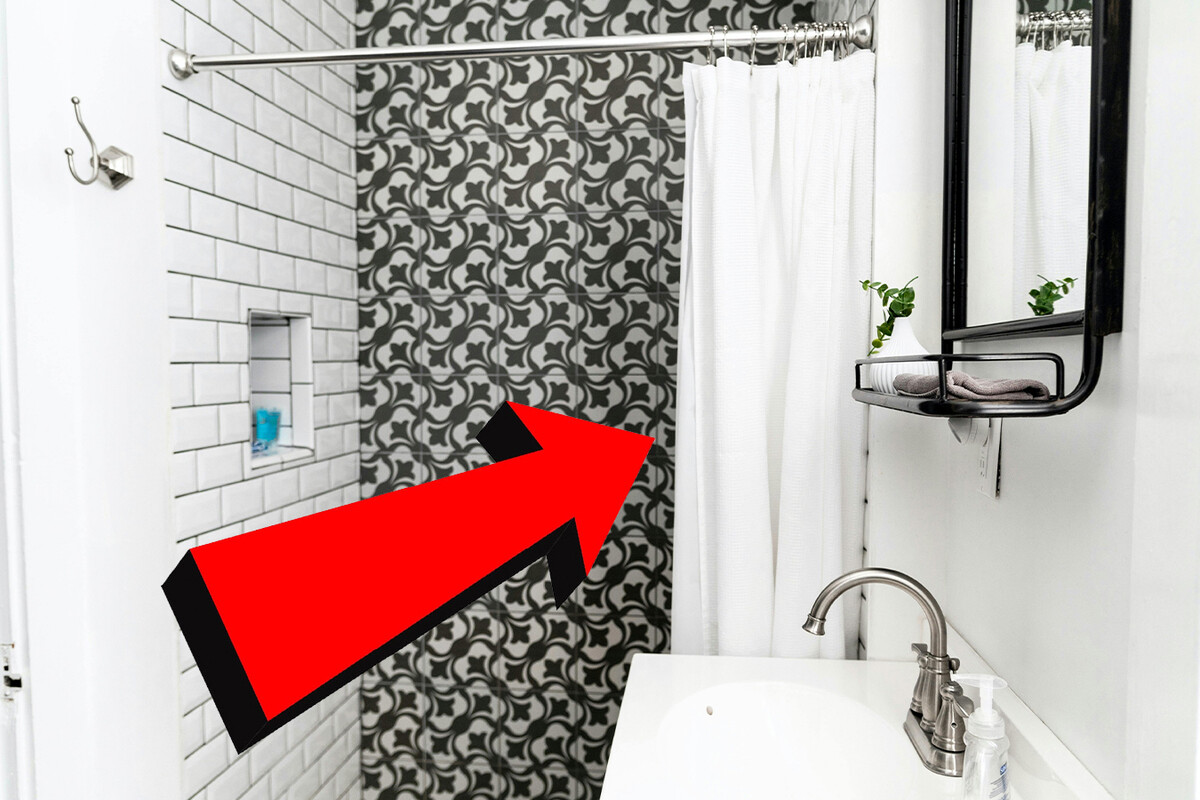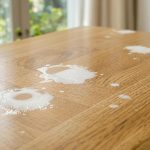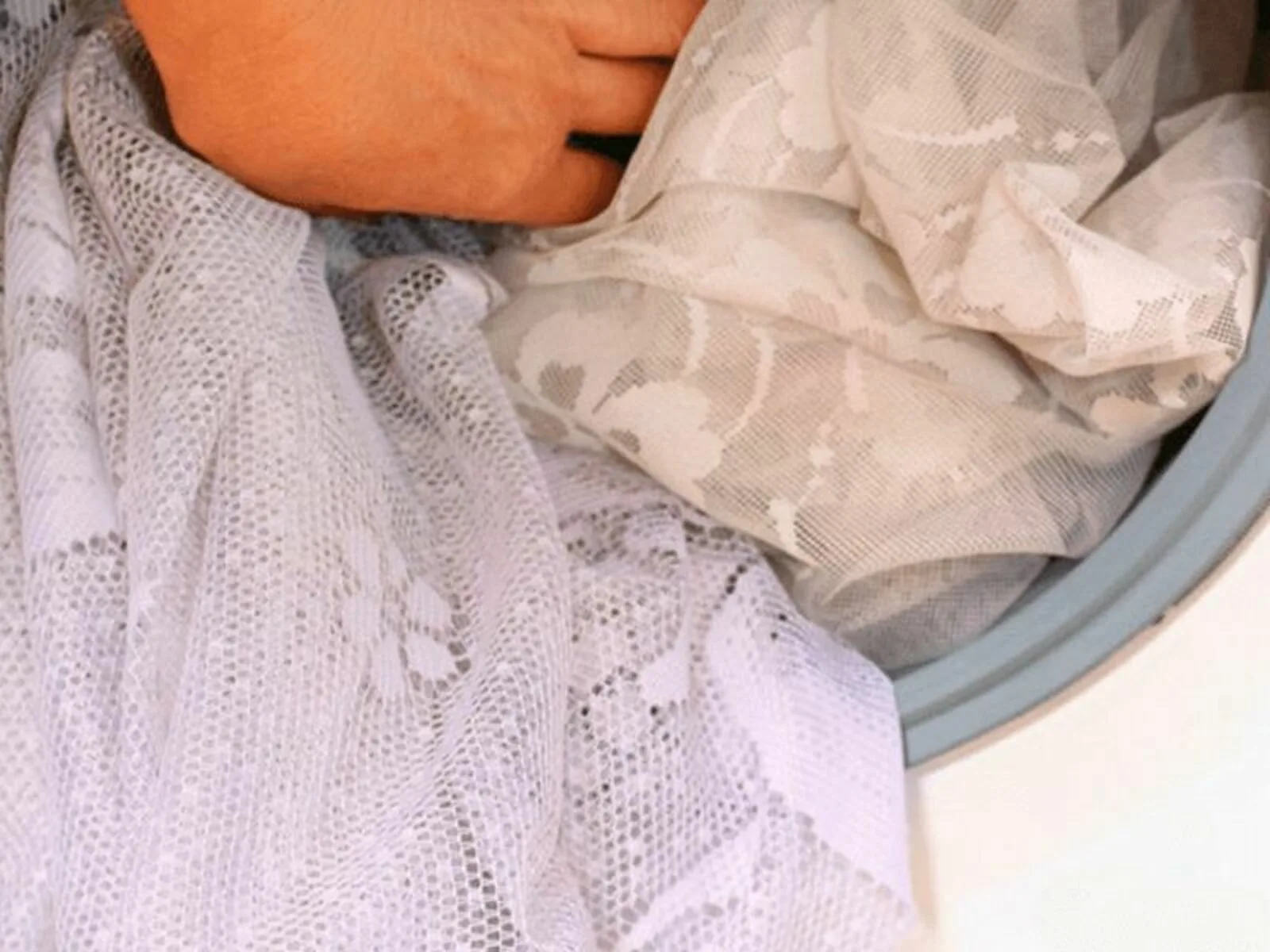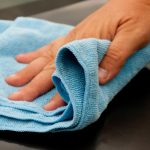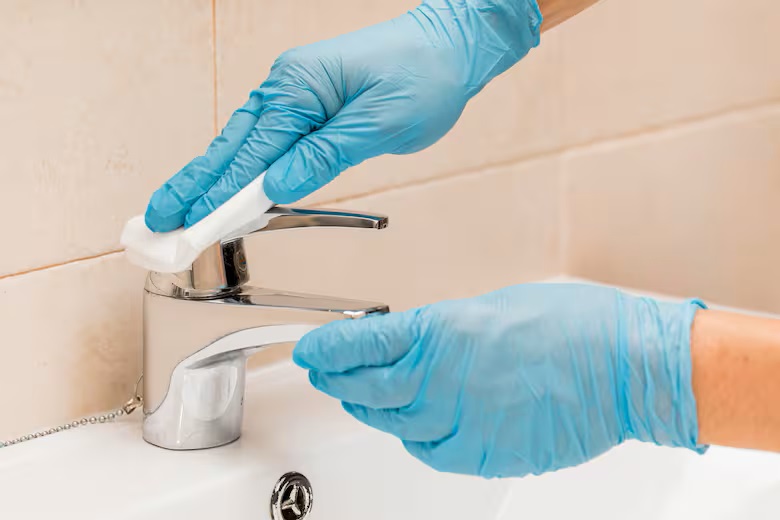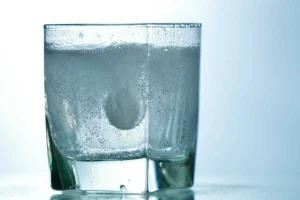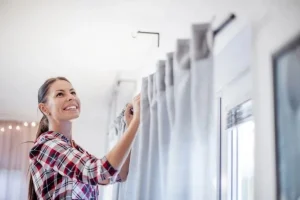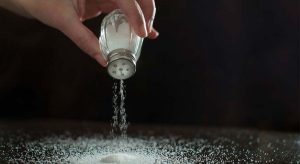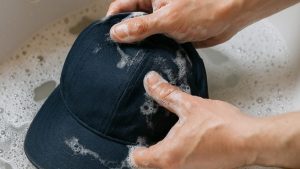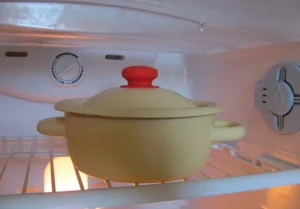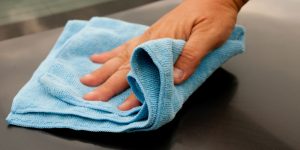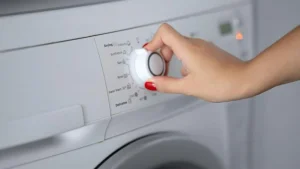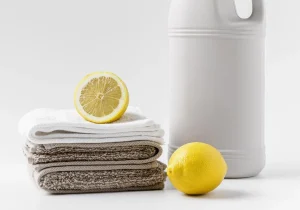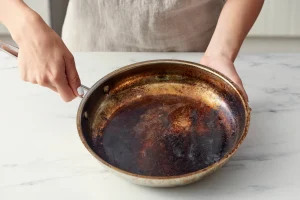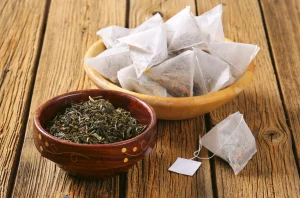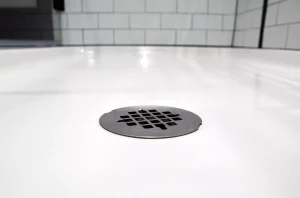Those of us with small or “simple” bathrooms are used to always having little furniture or little space, but enough for our needs. The good news is that it is easier and faster to clean such a toilet, as less space is needed for cleaning, although this also brings a number of problems.
One of the main ones has to do with shower curtains. That’s right, these are those plastic screens that separate the shower area from the rest of the room and help prevent water from entering other areas. While this is an economical solution compared to the cost of installing a shower screen, it also leads to a number of problems if not properly cared for.

What are shower curtains and why do they get mold?
If you’ve never used one or even seen one at a friend’s house, you should know that shower curtains are accessories that protect a room from moisture as well as a decorative element of that same room. Although there are other ways to prevent water splashes on the walls and floors, this one is the most economical and easiest to install.
Now there are two types of curtains: plastic backed and fabric backed. We will focus on the first type, which, although usually completely impermeable, are prone to the most fungal problems. This is because they tend to stick to moisture, which leads to mold growth on the bottom and we can see this by the yellowish color.
How to prevent mold and mildew on curtains
Now that we know why these products are often prone to mold growth, it’s time to find solutions that will both prevent it and fix these problems with our curtains if necessary. All of this is based on recommendations from several experts on the subject, as well as the most common solutions.
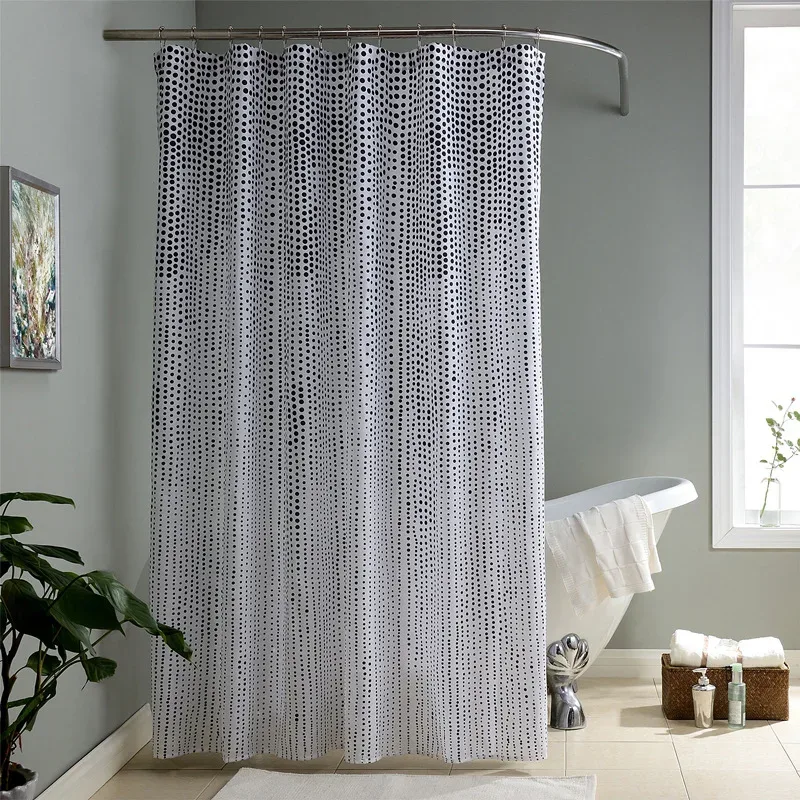
- Control the humidity in the bathroom: humidity is one of the main factors in the appearance of mold. Therefore, try to ventilate the bathroom well, and if there is no natural ventilation, you can always use an extractor.
- The curtain should not touch the base: when installing the curtain, make sure that it does not touch the base of the bathtub or the floor, so that it dries easily during bathing.
- Drying the curtains: after bathing or getting the curtains wet, you can wipe them with a dry cloth to remove any remaining water.
- Wash your curtains regularly. It is easier to prevent mold than to remove it, so washing your curtains regularly is important.
- Apply bleach: If your curtain already has mold on it, it’s best to apply a solution of equal parts bleach and water to the stain. Leave it for a few minutes, then rinse it off with plenty of water.
- Cleaning with vinegar: vinegar is your best friend in the house, and cleaning your curtains weekly with it helps to get rid of mold.
